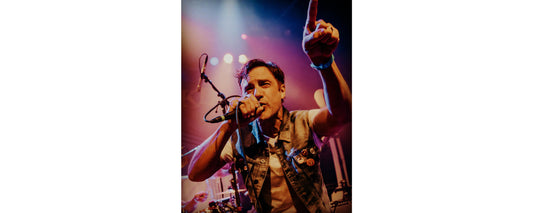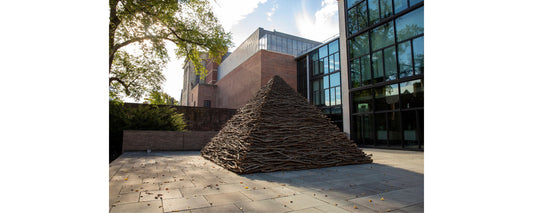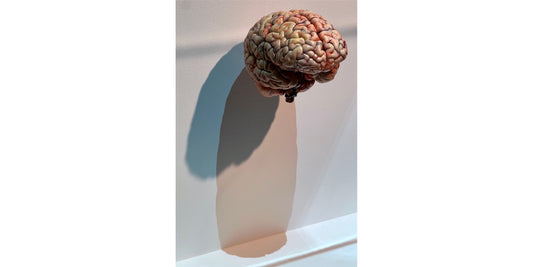I went into the Architecture in Dialogue exhibit at Yale’s Beinecke Library, which runs through this Friday, December 14, expecting to think about buildings and bridges and feats of engineering while browsing drawings and schematics. Renderings in blue pencil with many notations in all-caps lettering might answer questions of tensile strength and fireproofing.
Not so much, it turns out. Instead of models and blueprints and those other trappings of large-scale achievements in design, Dialogue’s treasures are considerably more ephemeral: examples of “creative use of print media,” including pamphlets, posters, magazines, manifestos, brochures and books, selected from the thousands of objects that make up the Peter Eisenman Collection at Yale. The renowned architect and Yale professor Eisenman picked them up while traveling through Europe in the 1960s and early 1970s. The items’ origins date back as far as the first decade of the twentieth century, with the lion’s share of the materials in the exhibit produced between the World Wars during the 1920s and ’30s.
sponsored by
There’s a set of art school advertisements, an illustrated screenplay, a catalog from an art exhibition at the time. Different schools of art—Dada, constructivism—work with and against each other in magazine spreads. Foldout posters traverse various media like typography, photography, poetry, film and, indeed, architecture alongside manifestos and treatises mixing the then-newest developments in art with the then-rising movements in politics and government—futurism and fascism, modernism and socialism.
Still, walking out of Beinecke, I wasn’t thinking about any of the particulars. I was thinking about the way our world converses with itself, the way the communications and strivings of our daily lives mirror the interplay happening on the world stage. Like reading a volume of Jefferson’s or Vonnegut’s letters, this exhibit presents the world in discussion, engaged in debate, talking it all out, through art and politics and design.
It occurred to me then that the real emphasis of Architecture in Dialogue is on that third word: dialogue. Throughout the exhibit’s many moments excised from history is a world in conversation with itself, a world, in that interwar period, trying to understand itself, to sort out its differences, its samenesses, its new freedoms and its own hopes and expectations about what was coming next.
You can sense this tumultuous exchange in the experimental nature of the exhibit. I particularly recall an eight-foot typo- and photomontage that works as printed cinema, and a set of works of Dadaist poetry focusing on letters and forms and sounds, rather than words and lines and ideas. Many of the items on display are fascinating on their own, even without the broader conversational context offered by the exhibit.
But it’s that context, formed by the entirety of the collection, which offers up the bigger takeaway: that our day-to-day dialogues—nowadays, the emails and messages we send and receive, in addition to the magazine articles and the newspaper ads we read, and, of course, the conversations we have—offer the most revealing picture of how we live in our times.
Such historical flotsam undergirds the big historical stories told through architecture or art or politics, and it’s a different approach than the major-world-events-and-milestones version we usually consider. Even if history is remembered in decades, decades are still made up of days.
So it goes for volumes and words. History is conversation. It’s dialogue. It’s these bits and bytes on your screen right now. And it’s those artifacts in Beinecke. Check them out before they disappear again this Friday.
Architecture in Dialogue: The Peter Eisenman Collection at Yale
Through December 14th at Beinecke Rare Book & Manuscript Library
121 Wall Street, New Haven (map)
Tues-Thurs 9am-7pm, Friday 9am-5pm
(203) 432-2977
www.library.yale.edu/beinecke
Written by Jonathan McNicol. Photo courtesy of the Beinecke Rare Book & Manuscript Library.








